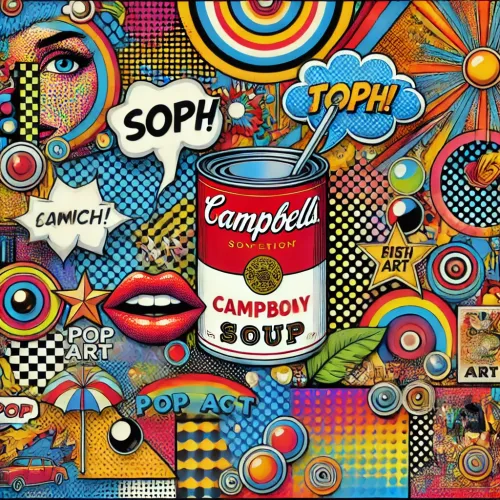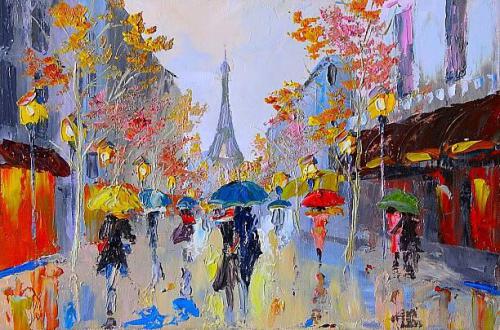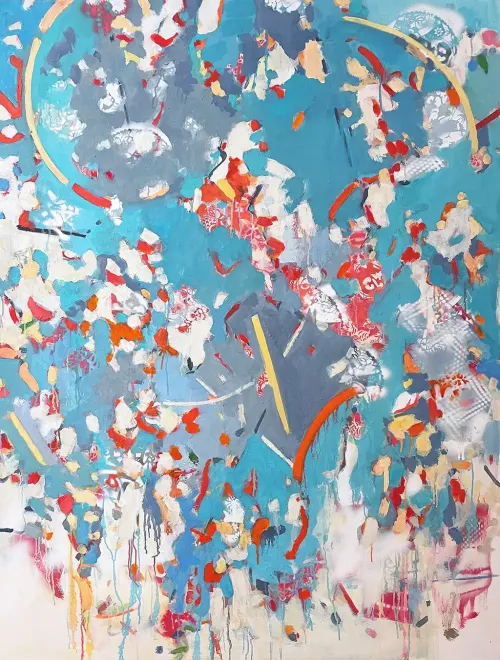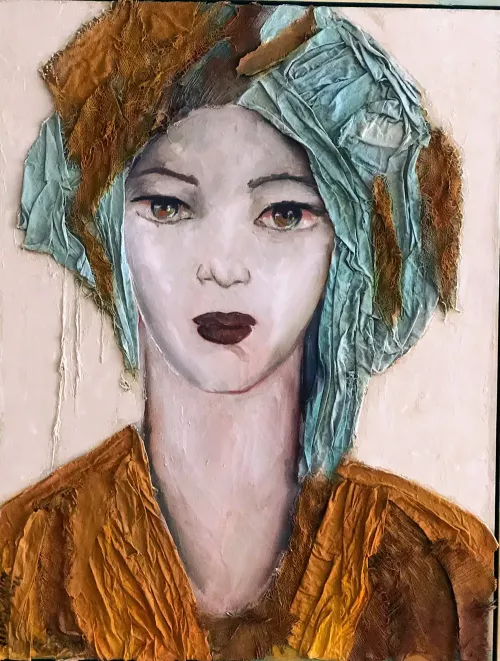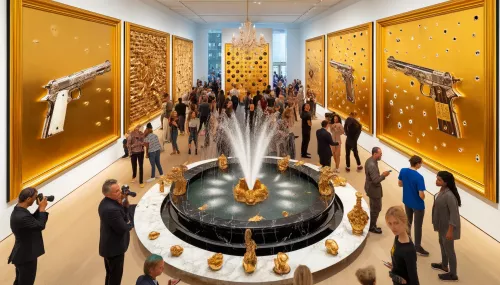How Minimalism Redefined Artistic Expressions
Exploring the Quiet Power of Minimalism in Art and Culture
Exploring the Quiet Power of Minimalism in Art and Culture
The Origins of Minimalist Art
Minimalism arose in visual arts in the mid-1900s as an extreme paring down of content to pure essential forms. Artists rejected elaborate compositions bursting with symbolic meaning or detail popular then. Instead empty canvases, repetitive motifs and industrial materials stripped art to intriguing simplicity. What began as a radical experiment primarily in sculpture and painting rippled out towards cultural zeitgeists. Novelists embraced terse prose while architects pursued boxy towers and designers opted for austerity chic.
Early Influencers and the Move Towards Simplicity: Cultural and Societal Triggers for the Rise of Minimalism
Post WWII, many creatives yearned for clarity and order amidst chaotic realities through art seeking truth in simplicity. Rapid commercialization also spurred desires to express deeper meaning within plain presentations. Visually this manifested in geometry and neutral hues that felt calming to senses overloaded by consumerism’s noisy colors and choices.
The Aesthetics of Minimalist Painting:
Techniques and Elements that Define Minimalist Painting
Stark shapes on muted backgrounds characterize Minimalist paintings rather than elaborate motifs. Colors shy from vibrant tones toward matte or muted shades without gradients. Composition relies on precise geometric relationships between sparse elements, often with central placement. Negative space dominates frames. Marks stay eraser-straight eschewing visible passion. Paint application itself appears impersonal often utilizing commercial or industrial tools over brushes.
The Power of Minimal Brush Strokes
Here the adage “less is more” rings true - say more by showing less. Eliminating distracting details refocuses attention. Viewers then discover intrigue within individual elements like a single frame showcasing light cast on a white wall. Sparseness sparks the imagination about what may yet enter the space.
Influential Minimalist Artists and Their Impact:
Key Figures Who Championed the Minimalist Movement
Amid early mockery, Frank Stella’s non-representational stripe series highlighted paintings as objects unto themselves. Pioneers Donald Judd and Carl Andre built repetitive 3D units rethinking sculpture. Agnes Martin meditatively hand-painted muted grids and lines on vast canvases. Ad Reinhardt painted entirely black squares. Robert Morris arranged simple gray polyhedrons - precursors to today's installations.
Notable Works That Have Stood the Test of Time
Stella’s vast, luminous color block series still inspires. Andre’s epic plain brick floor sculpts gallery experience. Morris’s mirrored cubes slyly implicate viewers within artwork by reflecting our implicit role in impacting meaning. Judd's stacks of identical zinc boxes unfussily reshape spaces. Such segmentations enduringly provoke existential questions through purity.
Understanding the Counter-Movement and Its Appeal
As minimalism surged in the 60s-70s, maximalism eventually emerged in the 80s as a counter-culture emphasizing elaborate ornamentation over strict, barren canvases. Neon palettes, eclectic cultural blends, literary references and mixed media conveyed the overflowing diversity of lived realities. Freedom arose from filling frames not emptying them.
How Minimalism Offers a Contrasting Perspective
Yet for every Baroque, Rococo or Maximalist swell across history, movements streamline back to minimalism counterbalancing visual noise overload with clarity. Periodic cultural returns to concise carriers of meaning refresh arts and minds alike.
The Legacy and Continued Relevance of Minimalist Art:
Minimalism in Modern Day Art and Design
Traceable to Minimalism, today’s viewers generally expect conceptual depth behind otherwise sparse presentations across the arts. Design defaults to negative space and decluttering too as a calming respite from the chaos of overcrowded visual fields demanding attention daily. Going minimal elegantly allows chosen elements their due spotlight.
Its Role and Significance in the 21st Century
Now Minimalism comes full circle from fringe to mainstream. Blockbuster shows celebrate their seats at the art table. Decades since its 1960s debut, minimalism still reawakens minds to subtly explore what we each layer upon seemingly empty space. Its legacy continues spurring creativity to unpack potent bareness. The allure of doing so much while showing little endures.





























































































































































































































































